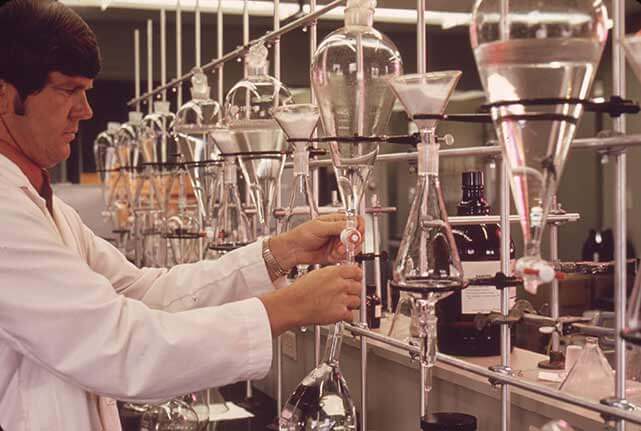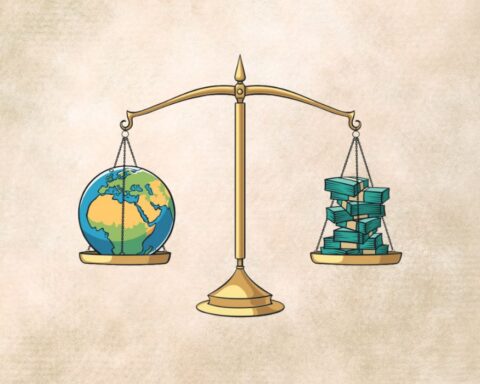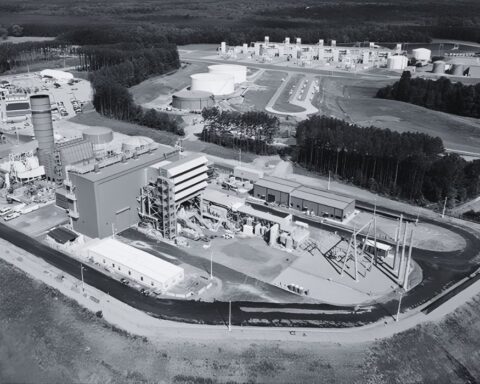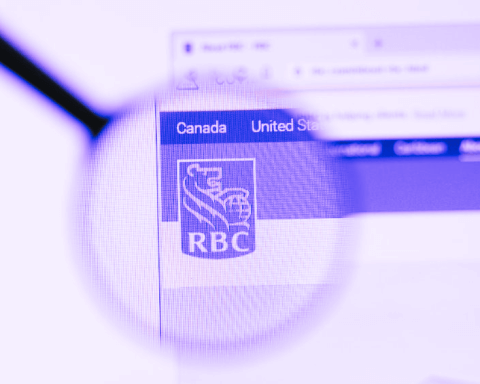The global supply chain is a massive game of hot potato. Large companies pass the buck to smaller companies, who pass it to even smaller companies. As the problem gets passed along, resources become scarcer, making it more difficult to comply with basic regulations.
Corporate Knights wrote about this exact problem in the garment industry last month. Last week, we pointed out how little is known about carbon emissions in the global supply chain. This week, we’re talking about toxic chemicals.
Supply chains are scary places, not only because they are hotbeds of health and environmental problems, but because they are incredibly difficult to understand.
This is part of the reason why toxic chemicals have been left out of corporate sustainability programs, said Mark Rossi, co-director of Clean Production Action (CPA).
“[Corporations] talk about carbon, water and waste. But there has been no metric around chemicals because it’s a much more complex issue. It’s hard to roll it up into a holistic framework,” he said.
A report released yesterday by the United Nations Environment Program (UNEP) and a new online assessment tool are helping to change all of that.
You can’t manage what you don’t measure
People assume that their products are safe because governments regulate toxic chemicals, said Rossi. But the truth is, we know very little about the substances that end up in our homes, he said.
Information on toxic chemicals is often available for products where the active ingredient is a chemical, said Kevin Munn, programme officer with the chemicals branch of UNEP. But when you turn that chemical into a carpet, a chair or a building, you don’t look at it as a chemical product anymore, he said.
“There is chemical information that needs to go along with those products, but it isn’t available because it’s basically off of everyone’s radar,” he said.
This is why UNEP asked CPA to write The Business Case for Knowing Chemicals in Products and Supply.
The report puts chemical management on the corporate agenda in the only way that makes sense: by showing companies that there are significant financial and legal consequences for ignoring toxic chemicals in their supply chains.
These liabilities become more extreme the closer the company is to the consumer, said Rossi. “Increasingly, we’re seeing that brands and retailers have the biggest chemical risk, while those that are actually making the chemicals have a relatively low risk,” he said.
The punishing force of the marketplace was clearer than ever in 2009 when tens of thousands of Chinese consumers stopped buying, and thousands of stores stopped selling, Johnson & Johnson’s baby products after formaldehyde and 1.4-dioxane were found in some of their products in the United States. The company saw its market share in China drop by almost 10 per cent.
The report also reminds companies that it is possible to benefit from consumers’ concerns and desires from safer products.
By going above and beyond the regulatory requirements, companies can adapt more quickly to ever-shifting regulations and consumer demands, said Rossi. They can also thrive in a sector of the market that large companies have difficulty fitting into, he said.
Finally, by tracking information about chemicals early on, companies will find it easier to incorporate green chemistry into their research and design phase, said Rossi.
But companies need to implement a system-wide process in order to pull this off.
This is exactly what one American manufacturer of data-storage devices did. Seagate Technology PLC created a database to track and manage the chemicals in its products. Every time a new chemical concern comes up, staff simply search the database to see if their products are affected.
This was a long, iterative process, said Rossi. Seagate has now catalogued over 2,000 restricted substances and works with suppliers to find safer alternatives that meet their needs.
“This allows the company to be way out ahead of the market,” said Rossi.
It also gives Seagate a more comprehensive understanding of its supply chain, said Munn. The company even found an unexpected connection between the suppliers that keep track of their chemicals and better overall performance, he said.
To help other companies follow in Seagate’s footsteps, CPA has launched an assessment tool called the Chemical Footprint Project. Similar to carbon footprinting, the tool provides the first-ever common metric for benchmarking chemical management in the supply chain.
It’s a fairly simple concept: companies answer a series of questions about their chemical management practices and receive a score.
“If your company is just getting started [on tracking the chemicals in the supply chain], you’re not going to do very well. But that’s ok,” said Rossi. The process of going through the assessment will tell you how to improve and help you communicate with your staff, he said.
The concept of tracking chemicals in the supply chain sounds excellent, said Zack Mansdorf, who worked for 10 years as the senior vice-president of global environment, health and safety at cosmetics giant L’Oreal. But, as with any supply chain issue, this expectation may be unrealistic for large companies with hundreds or even thousands of suppliers, he said.
Still, a smart company would at least identify the most notorious chemicals and make sure they are not being used in their products in any form, he said, adding that companies need to be aggressive about how they manage their supply chains in general.
If they don’t, they are certain to face backlash from increasingly knowledgeable consumers.







